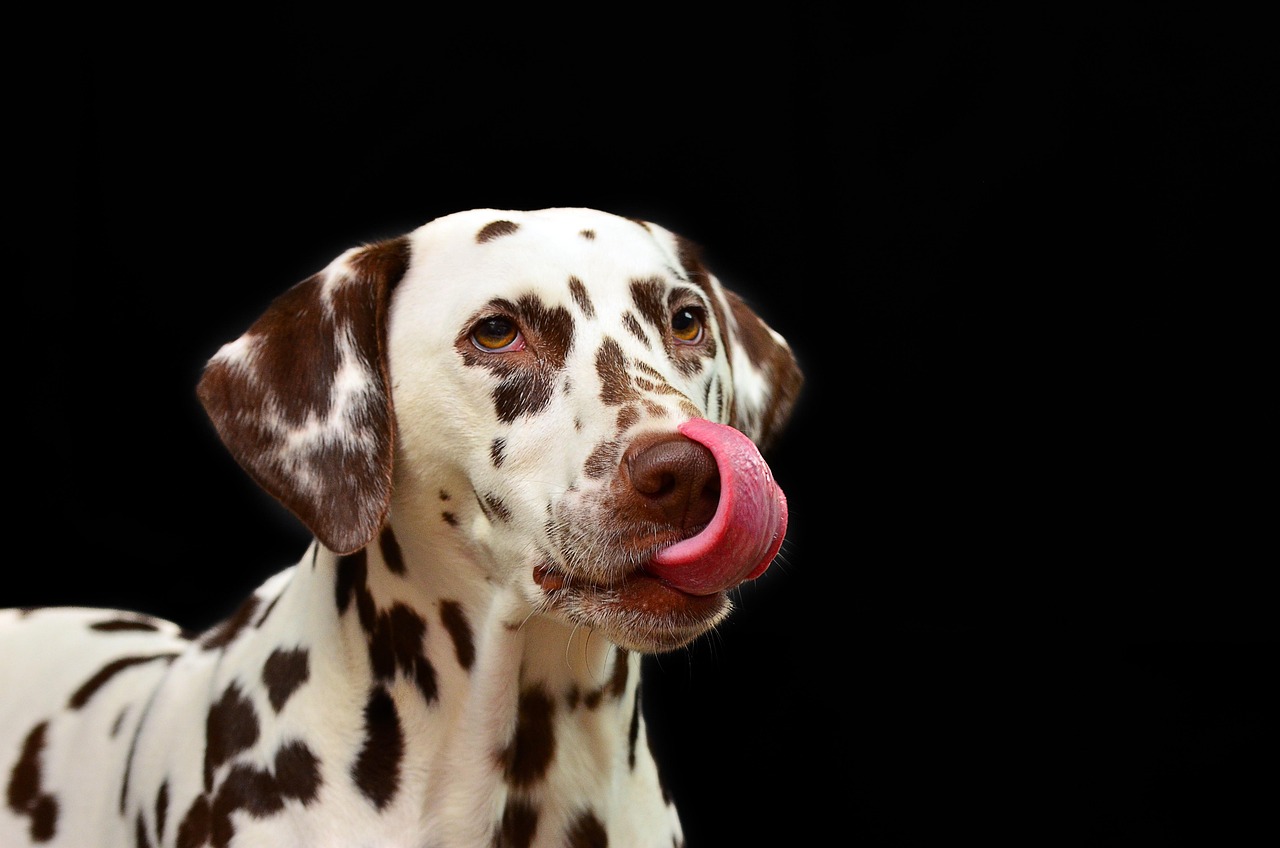Short Answer: Dog licking serves various purposes, including affection, communication, and stress relief. Dogs lick their owners to show love and bond, while also using licking as a way to explore their environment. Additionally, licking can soothe anxiety or discomfort. Understanding these behaviors helps owners respond appropriately, ensuring both the dog's emotional needs and health are met.
Have you ever wondered why dogs lick? This seemingly simple behavior is often a source of fascination for pet owners. While a dog’s lick can feel like an affectionate gesture, it may also signify other emotions and needs. Understanding this behavior can enhance the bond between humans and their canine companions. In this article, we will explore the reasons behind dog licking, the different contexts in which it occurs, and what it can tell us about our furry friends.
Dogs have been companions to humans for thousands of years. Their behaviors, including licking, have evolved alongside their roles in our lives. Licking is a natural instinct for dogs, and it serves various purposes. From communication to grooming, this habit can convey a wealth of information about a dog’s feelings and health. By decoding the reasons behind this adorable habit, we can better understand our pets and respond to their needs more effectively.
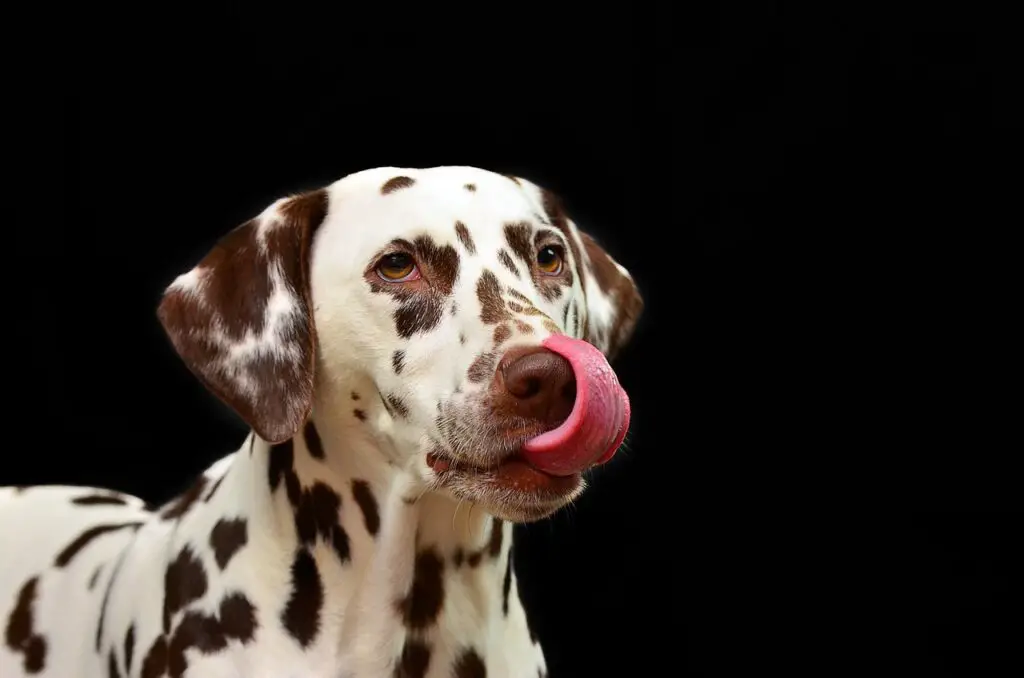
| Fact | Description |
|---|---|
| Communication | Dogs lick as a way to communicate with humans and other animals. |
| Grooming | Licking helps dogs keep themselves clean and is a natural grooming behavior. |
| Affection | Licking can be a sign of affection and bonding between dogs and their owners. |
| Stress Relief | Some dogs lick to soothe themselves in stressful situations or to relieve anxiety. |
| Health Indicator | Excessive licking may indicate health issues or discomfort. |
The Many Reasons Behind Dog Licking
Instinctive Behaviors
One of the primary reasons dogs lick is due to instinct. In the wild, puppies are licked by their mothers to stimulate their bodily functions and encourage bonding. This instinctual behavior carries over into their adult lives. Dogs may lick their owners as a way of expressing love and affection, mirroring the care they received as pups. This licking can also serve as a form of social interaction among dogs.
Exploration and Taste
Dogs explore the world through their senses, particularly smell and taste. Their tongues are packed with taste buds, making licking a way for them to gather information about their surroundings. When a dog licks an object or person, it is often trying to learn more about it. This behavior can be particularly noticeable when dogs encounter new environments or unfamiliar items.
Comfort and Anxiety Relief
For many dogs, licking serves as a self-soothing mechanism. When faced with anxiety or stress, some dogs may lick themselves or their owners as a way to find comfort. This behavior can be observed during thunderstorms, fireworks, or changes in routine. If you notice your dog licking excessively during these times, it might be worth exploring ways to reduce their anxiety.
Health Considerations Related to Licking
Normal vs. Excessive Licking
While licking is a natural behavior for dogs, it can sometimes become excessive. Understanding the difference between normal licking and excessive licking is crucial for pet owners. Normal licking occurs occasionally and is usually situational, such as greeting a person or exploring something new. However, if your dog licks excessively, it may indicate underlying issues.
Excessive licking can manifest in several ways:
- Licking specific body parts, leading to irritation or sores.
- Frequent licking of surfaces, such as furniture or floors.
- Persistent licking that interrupts daily activities.
Potential Health Issues
If you observe excessive licking in your dog, it’s essential to consider potential health issues. Some common medical concerns that can lead to increased licking include:
- Allergies: Dogs may lick to soothe itchy skin caused by environmental allergens or food sensitivities.
- Infections: Bacterial or fungal infections can cause discomfort, prompting dogs to lick affected areas.
- Parasites: Fleas, ticks, and mites can lead to irritation, causing dogs to lick or bite at their skin.
- Pain or Discomfort: Licking can be a response to pain, such as arthritis or injuries.
When to Consult a Veterinarian
If your dog’s licking becomes excessive or seems to be linked to other concerning symptoms, it is crucial to consult a veterinarian. A vet can perform a thorough examination and offer insights into the underlying cause of the behavior. Signs that warrant a veterinary visit include:
- Redness or swelling on the skin.
- Hair loss in areas being licked.
- Discharge from ears or other body parts.
- Changes in appetite or energy levels.
Timely intervention can prevent further complications and ensure your dog’s well-being. Regular check-ups can also help detect underlying health issues early on, keeping your furry friend healthy and happy.
Licking as a Social Behavior
Pack Behavior and Social Bonds
Licking isn’t just about individual comfort; it plays a significant role in social structures among dogs. In a pack setting, dogs lick each other as a form of greeting and establishing bonds. This behavior strengthens social ties and promotes harmony within the group.
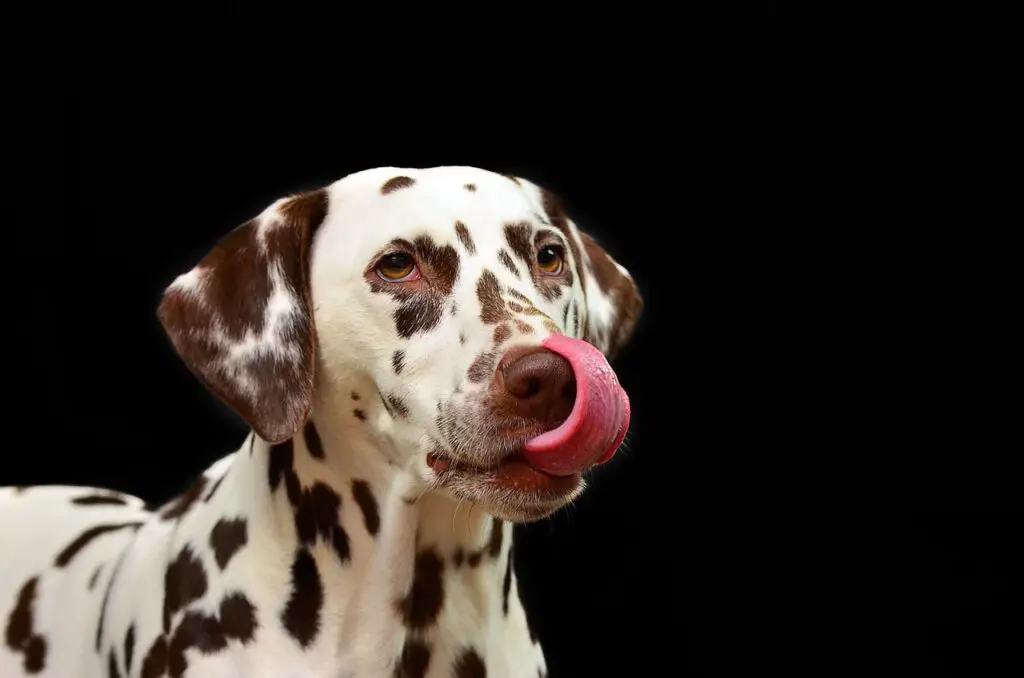
For pet owners, this means that when your dog licks you, it may be an invitation for interaction. They might be seeking attention or simply trying to show affection. Understanding this behavior can encourage positive interactions between you and your pet.
Understanding Different Types of Licking
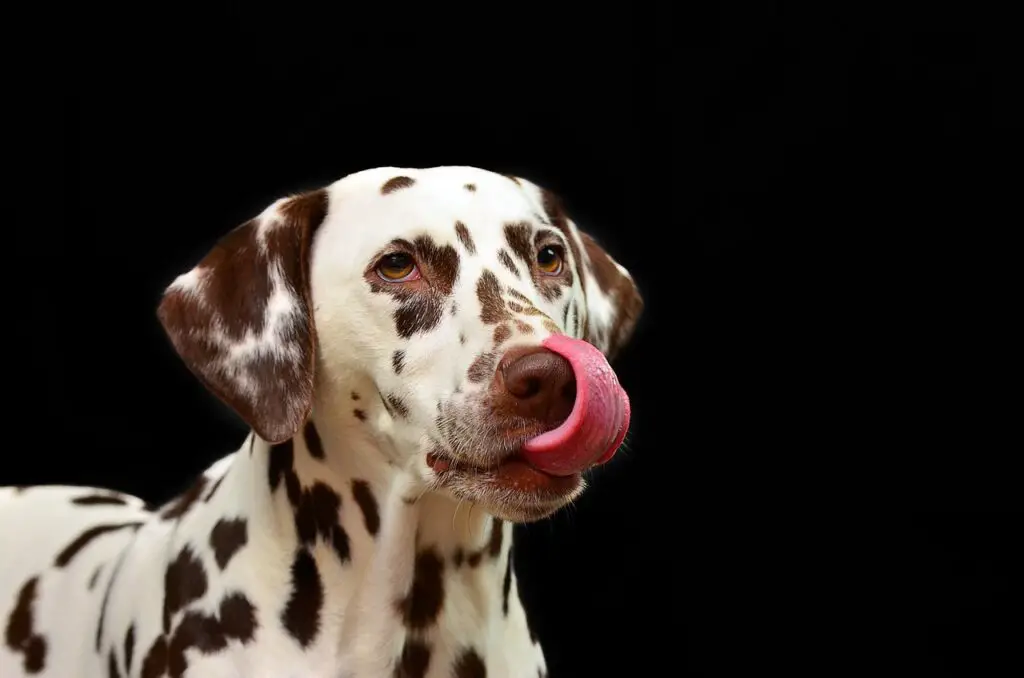
Affectionate Licking
Affectionate licking is often the most recognized form of dog licking. When your dog licks your face or hands, they are expressing their love and attachment. This behavior is common in well-bonded dogs and serves as a way to strengthen the emotional connection between you and your pet.
Affectionate licking can also be a learned behavior. Puppies often lick their mothers for nourishment and comfort, which sets a precedent for this behavior. As dogs mature, they may continue this habit with their human companions as a sign of trust and affection.
Grooming Behavior
Many dogs engage in licking as a part of their grooming routine. Just as cats groom themselves by licking their fur, dogs do the same to maintain cleanliness. They might lick their paws, legs, or even their entire body to remove dirt or debris. This instinct helps keep their coat healthy and free from parasites.
Grooming licking can also occur between dogs. In multi-dog households, you may notice one dog licking another. This behavior is not only hygienic but also reinforces social bonds within the pack.
Submissive Licking
Submissive licking is a behavior often displayed by dogs to show deference to more dominant dogs or humans. This type of licking can occur in various situations, such as meeting new dogs or during moments of tension. The act of licking can signal to others that the dog is not a threat and is willing to submit.
Submissive licking may be more common in shy or anxious dogs. Owners should approach this behavior with understanding, as it can stem from insecurity rather than a desire to please.
Influences on Licking Behavior
The Role of Breed Characteristics
Different dog breeds exhibit varying licking behaviors due to their unique characteristics and temperaments. For example:
- Retrievers: Breeds like Golden Retrievers often lick as a form of friendly communication.
- Terriers: Terriers may lick when excited or playful, reflecting their energetic nature.
- Hounds: Some hound breeds may lick as part of their instinctual hunting behavior.
Understanding these breed-specific traits can help owners interpret their dog’s licking habits more accurately.
The Impact of Environment and Routine
The environment in which a dog lives can significantly influence its licking behavior. Changes in routine, such as moving to a new home, adopting a new pet, or alterations in family dynamics, can lead to increased licking as dogs try to cope with stress or uncertainty.
Establishing a stable routine can help mitigate anxiety-driven licking. Regular exercise, consistent feeding schedules, and ample playtime can promote overall well-being and reduce stress-related behaviors.
Understanding Your Dog’s Needs
Observation and Interaction
Observing your dog’s licking behavior can provide valuable insights into their emotional state and health. Pay attention to the context in which your dog licks. Is it during playtime, while greeting you, or when they seem anxious? By noting these patterns, you can better understand their needs and respond appropriately.
Interaction is key to addressing any concerns related to licking. Engaging your dog in regular play and providing mental stimulation can reduce anxiety-driven licking. Activities such as puzzle toys, obedience training, and socialization with other dogs can be beneficial.
Training Techniques
If excessive licking becomes a problem, implementing training techniques can help modify this behavior. Positive reinforcement methods, such as rewarding your dog for refraining from licking during specific situations, can be effective. Here are some strategies to consider:
- Redirect Attention: When your dog starts to lick excessively, redirect their attention to a toy or a command.
- Reward Calm Behavior: Praise and treat your dog when they remain calm during situations that usually provoke licking.
- Seek Professional Help: If licking persists or worsens, consider consulting a professional dog trainer or a behaviorist.
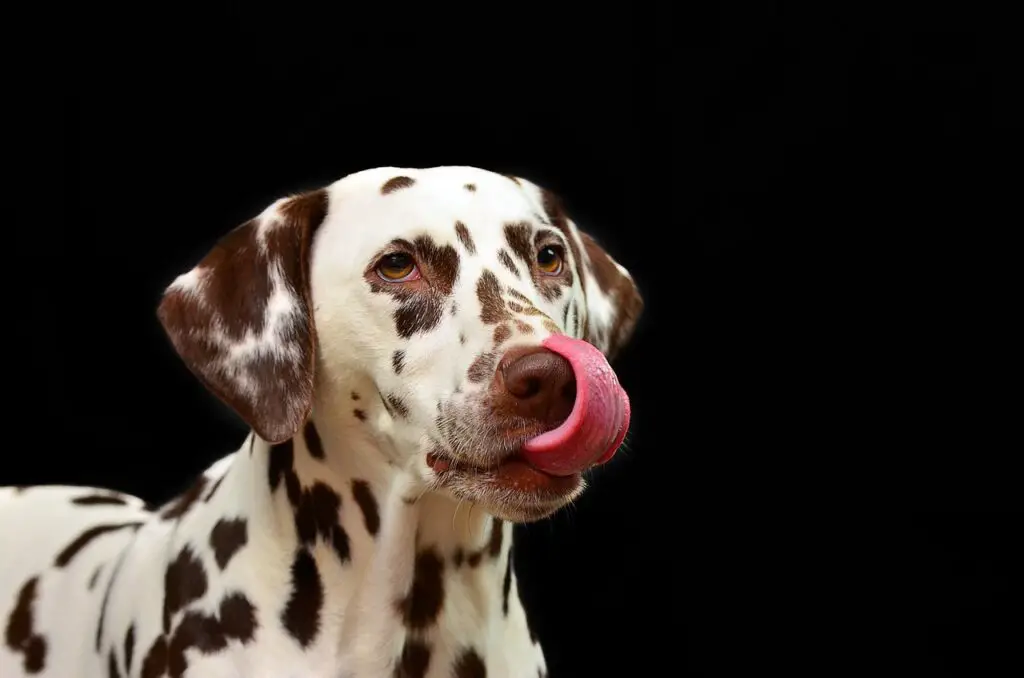
Final Thoughts
Understanding why dogs lick is vital for any pet owner. This adorable habit encompasses a range of meanings, from affection and communication to stress relief and grooming. Recognizing the context of licking can help you respond appropriately to your dog’s needs.
It is essential to differentiate between normal and excessive licking. While occasional licking is typically harmless, persistent licking may indicate underlying health issues or stress. Regular veterinary check-ups will ensure that your dog stays healthy and happy.
Additionally, being aware of breed characteristics and environmental influences can enhance your understanding of your dog’s behavior. By establishing a stable routine, offering mental and physical stimulation, and observing their habits, you can foster a positive environment that minimizes anxiety-driven behaviors.
In conclusion, decoding the reasons behind your dog’s licking behavior can lead to a deeper bond between you and your furry companion. By paying attention to their needs and responding with love and understanding, you can ensure a happy and healthy relationship with your beloved pet.

